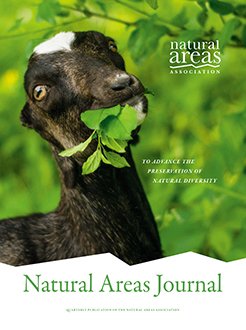The impact of land-based recreational activities on water quality in rivers and streams is an important topic for land stewardship. It is not a topic that has been yet systematically studied. This paper surveys the scientific literature on the topic and offers preliminary conclusions for ecologists, trail and park managers, and outdoor enthusiasts. The review examines three categories of recreational activity—hiking and jogging; horseback riding, dog-walking, picnicking and camping; and biking and off-road vehicle riding—in terms of three broad dynamics of ecological impact that directly affect water quality: (1) soil compaction and associated soil loss into waterways; (2) reduction of ground cover and runoff of organic litter with associated soil loss into waterways; and (3) fecal contamination and its impact on waterways. Preliminary conclusions suggest that the greatest impacts on water are a function of trail placement and design (siting, grading, contouring, surface composition, and immediate surroundings). Type of trail use is also highly salient, especially in the case of off-road vehicles when specified restrictions on trail use are absent or when certain behavioral attributes are present. There are important commonalities of water impact stemming from all types of recreation reviewed and relative impacts sometimes defy simple comparison (e.g., motorbikes appear to have greater impact uphill than hiking and horseback riding but less impact downhill). Frequency of trail use is also examined in connection with water quality as are the significant effects of fecal contamination associated with overnight camping, horseback riding, and dog-walking.
How to translate text using browser tools
6 April 2020
Impacts of Land-Based Recreation on Water Quality
Merritt T. Cooke,
Liyiran Xia
ACCESS THE FULL ARTICLE

Natural Areas Journal
Vol. 40 • No. 2
April 2020
Vol. 40 • No. 2
April 2020
literature review
recreation
riparian ecosystems
trails
water quality




